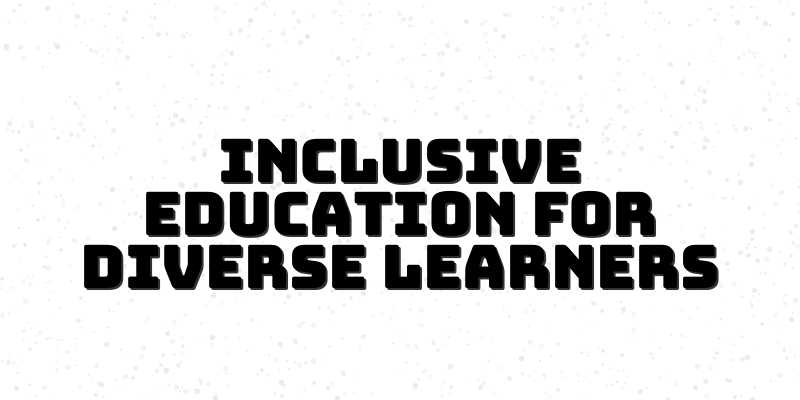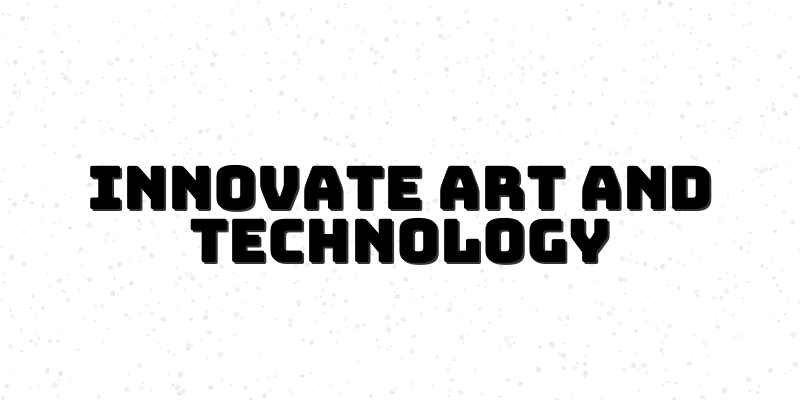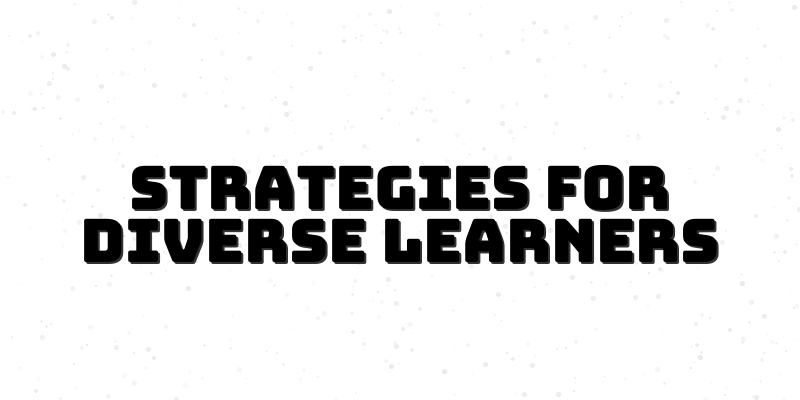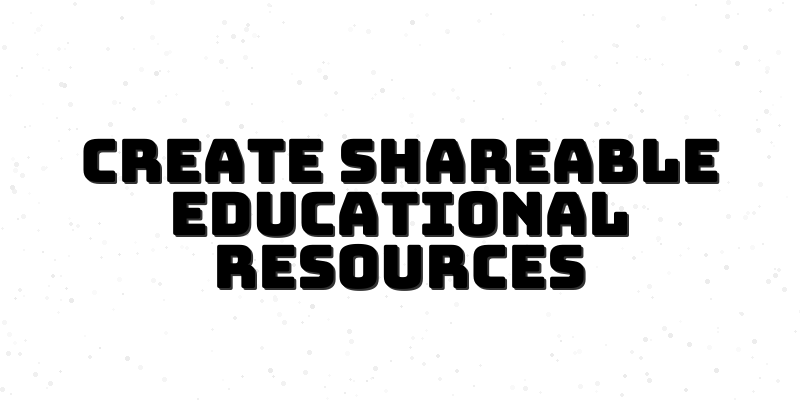Mastering Inclusive Classroom Strategies for Diverse Learners
Inclusivity is not just a buzzword—it's a necessity in today's diverse educational landscape. For educators aiming to foster a learning environment where every child feels valued, understanding and implementing inclusive classroom strategies is paramount. This blog post aims to provide in-depth insights and practical tips on embracing diversity within the classroom, thereby enhancing the overall learning experience for all students.
Understanding Inclusivity in Education
Inclusivity in education refers to the practice of ensuring all students, regardless of their background or abilities, have equal opportunities to learn and thrive. When educators embrace inclusivity, they not only accommodate different learning needs but also promote a positive classroom culture where diversity is celebrated. This approach can significantly enhance the educational experience for all students, fostering a sense of belonging and community. The question then arises: how do we effectively implement inclusive classroom strategies?
For effective implementation, teachers must first understand the core principles of inclusion. This includes recognizing that each student is unique and may require different methods of support. Such diversity may stem from varying abilities, cultural backgrounds, or learning preferences. By tailoring lesson plans and classroom activities to meet these diverse needs, educators can create a more engaging and effective learning environment. Moreover, setting high expectations for all students fosters a growth mindset, encouraging them to strive for excellence, regardless of their starting point.
Including students with special educational needs is also a vital aspect of inclusivity. Understanding the specific challenges these students face enables teachers to adapt their teaching methods accordingly. For instance, using multi-sensory teaching techniques can assist in reaching learners who may struggle with traditional instruction. Collaboration with special education professionals and parents can further enrich these strategies, ensuring every child receives the most comprehensive support.
Culturally Responsive Teaching
Culturally responsive teaching is an essential component of inclusive classroom strategies, particularly in diverse educational settings. This approach acknowledges and values the cultural backgrounds of all students, integrating these elements into the curriculum to make learning more relatable and impactful. Educators are encouraged to create a curriculum that reflects the diversity of their students, using literature, resources, and examples that resonate with their varied experiences.
Furthermore, culturally responsive teaching requires educators to foster an environment where every student feels that their culture is valued. This could involve celebrating various cultural festivals, discussing multicultural history, and encouraging students to share their own stories and experiences. By validating students’ identities within the learning process, educators help to build self-esteem and motivation.
Effective Classroom Management Techniques
Classroom management is a crucial element in successfully implementing inclusive classroom strategies. Effective management creates an atmosphere conducive to learning, where all students feel safe and supported. This includes establishing clear expectations, routines, and consequences that apply to every student in the classroom, thus ensuring equity.
To enhance inclusivity, teachers should prioritize creating student-centered environments. This approach can include flexible seating arrangements, designated quiet areas, and the use of varied instructional methods to cater to different learning preferences. For example, incorporating group activities can engage students and promote collaboration, enabling them to learn from each other’s strengths and perspectives.
Additionally, utilizing positive reinforcement strategies can significantly impact student behavior and motivation. Recognizing and celebrating individual accomplishments, big or small, fosters a sense of belonging and encourages students to thrive in an inclusive setting.
Designing Activities for Diverse Learners
When designing activities for diverse learners, educators should consider multiple intelligence theories and learning styles. This approach allows for an array of activities that engage students effectively, catering to their unique strengths and interests. For instance, some students may excel in visual arts while others might thrive in music or kinesthetic activities, meaning lessons should encompass a variety of formats.
Hands-on projects and collaborative tasks can enhance engagement and foster peer relationships among students, allowing for a shared learning experience. Educators should also incorporate different assessment methods to accommodate diverse learners, ranging from written assignments to oral presentations and creative projects.
Feedback and Reflection for Continuous Improvement
Implementing inclusive classroom strategies is an ongoing process that requires continuous reflection and peer feedback. By regularly evaluating teaching practices and student engagements, educators can identify areas for improvement. Collaborating with colleagues through peer observations provides valuable insights into effective strategies and fosters a culture of collective growth within the school community.
Students’ feedback can also be instrumental in refining teaching methods. Whether through surveys or informal discussions, understanding students' perspectives helps educators adjust their approach accordingly, ensuring that learning remains relevant and accessible to everyone. This continuous cycle of feedback and reflection is essential in maintaining an inclusive environment.






